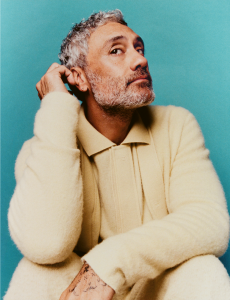Known for films as thrilling and complicated as they are disparate, the director has developed a style all of his own. Beneath the surface, what they all have in common is an unrelenting drive to tell the truth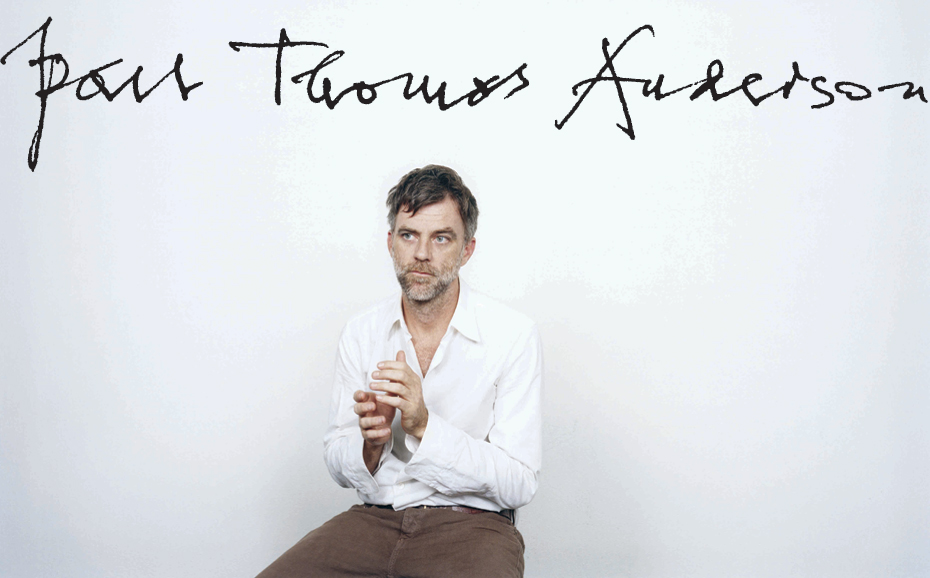
Photography Stefan Ruiz
Handwriting Daniel Day-Lewis
When she was about to give birth to Paul Thomas Anderson, his mother was driven to the hospital in a white Avanti sports car, a rare model that Studebaker made in 1964. Anderson’s father, Ernie, an actor who specialised in voiceovers for commercials and television shows, had purchased the car from Greer Garson, the stunning Academy Award-winning actress known for playing strong-willed women. “When you are nine months pregnant, it’s not the kind of car you want to be driven to the hospital in,” Anderson told me 42 years later, as we drove through the streets of Beverly Hills. “The Avanti does not have a smooth ride.”
This early confluence – a beautiful limited-edition fast-moving vehicle, an intriguing pedigree, a bumpy journey – would seem to have set the tone for Paul Thomas Anderson’s creative life, which has consistently been, by design, thrilling and complicated. “I still own the Avanti,” Anderson said, as he made an illegal and perfectly executed U-turn across Pico Boulevard. The satellite radio was tuned to ‘Hits of the 40s’ and a crooner underscored Anderson’s driving. “That car and I have shared some important memories.”
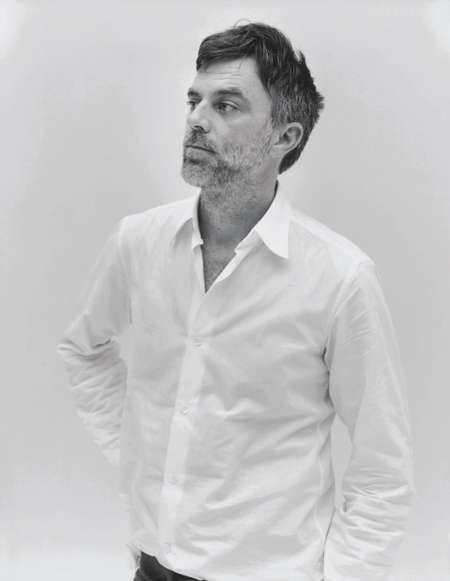
Anderson, who is tall and boyish, was wearing faded jeans and a matching work shirt. He perpetually has the sleepy look of the recently awakened, but his bedhead-ness is a disarming ruse: Anderson is, actually, a brilliant and sharp judge of human nature. He has an enduring fascination with lost souls – especially men – who attempt to find their way with the help of a determined mentor. The complex nature of those tangled relationships, which Anderson sets against defining periods of American history, provide the world of his six movies. They include Sydney in 1996, the story of a gambler and his hapless protégé; the now classic Boogie Nights in 1997, which was set in the world of 70s porn; and There Will Be Blood in 2007, in which Daniel Day-Lewis brilliantly portrayed a ruthless man searching for an oil fortune in turn-of-the-century California.
In 2012, Anderson wrote and directed The Master, a film inspired by L Ron Hubbard and the evolution of Scientology. The Master, which was the most fascinating and controversial movie of 2012, has divided audiences, mostly due to Anderson’s stubborn unwillingness to create “likeable” characters and a happy ending. The film stars Joaquin Phoenix as Freddie Quell, an emotionally damaged WWII war veteran, and Philip Seymour Hoffman as Lancaster Dodd, the leader of a self-devised cult. It is both enticing and challenging: shot in 70mm, a dying form of lush cinematic glory, the movie asks an audience to identify with a rage-filled, deeply unhappy, alcohol addicted protagonist. Phoenix, who is mesmerising in the film, is twitchy and emaciated – his face locked in a kind of lopsided rictus that was, reportedly, inspired by a documentary he watched on the lives of apes. Hoffman, meanwhile, is charismatic and subtly diabolical – his cult leader may be making up his religion as he goes along, but he is seductive and captivating.
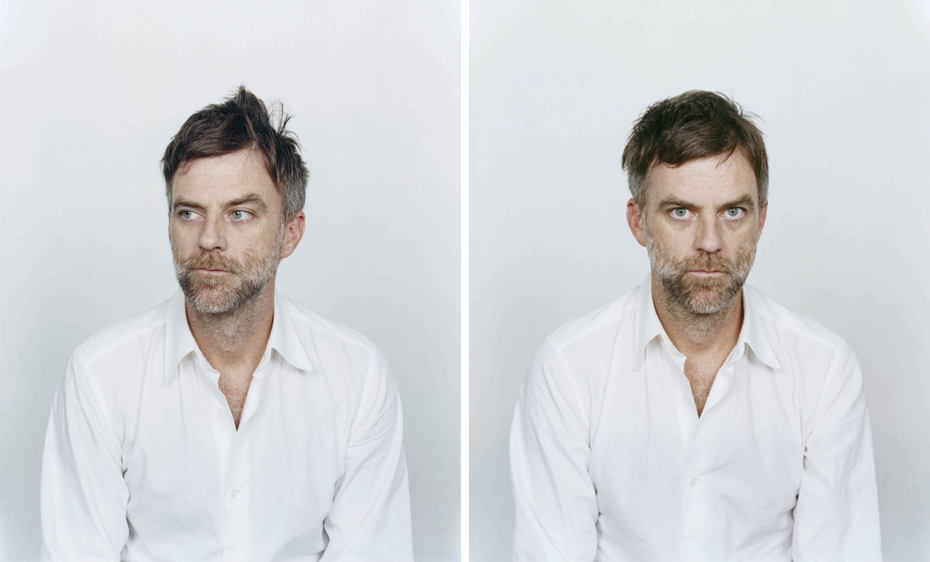
If the extreme and mixed response to The Master bothered Anderson, he wasn’t letting on. In January, we met for lunch at an old-school restaurant called Factor’s on the outskirts of Beverly Hills, an hour from Anderson’s home in Tarzana where he lives with his longtime partner, the comedic actress Maya Rudolph, and their three young children. It was six days after the Academy Award nominations were announced and, although all his actors were nominated for Oscars, Anderson was overlooked. I was incensed about this – if you like the actors, you can’t ignore the person who invented the characters and directed them in the movie – but Anderson just shrugged off my cries of outrage. “The Master is not supposed to be a riddle,” he said, when I asked him if he intentionally made the film hard to embrace. “It’s not meant to be medicine. It’s not meant to be something that you have to work hard at deciphering. It’s a same old – same old story presented in a new way. It’s about Freddie and Dodd’s love for each other, what it means to be a master and a subject and vice versa. I don’t find it particularly difficult, but maybe it’s operator error.” Anderson paused and then smiled. “Meaning maybe it is my fault, but fuck it.”
Thirteen years ago, when I first met Anderson, his response would have been much more extreme. At the time, in 1999, he was editing Magnolia, an equally daring film about intersecting lives, family and redemption at the end of the century. There were problems: Magnolia was over three hours long and Anderson was in a furor over the marketing campaign. Back then, I was in a deeply blue mood – my beloved dog was gravely ill – and for a week, I watched Anderson and his then-editor, Dylan Tichenor, cut a 10-minute scene of Jason Robards’ character dying. Anderson would snap his fingers to establish the rhythm of how he wanted Robards’ 22-page monologue to be crafted. It was fascinating to watch because Anderson had no emotional distance from the film –he had fused with his creation.
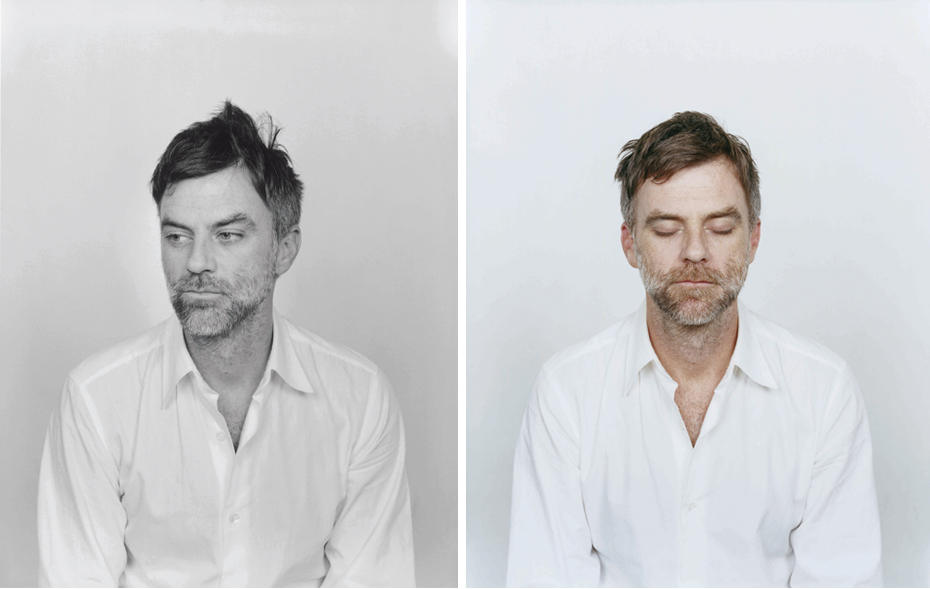
Anderson seems to move on faster now, although he may not be dwelling on the complex reaction to The Master because he is in the midst of pre-production on his next movie. It’s an adaptation of Thomas Pynchon’s 2009 novel Inherent Vice that is set to begin filming in late spring. This is the first screenplay of a Pynchon novel that the author, who is known for his literary pyrotechnics and his mysterious, reclusive nature, has authorised. The book, which is set in the late 60s and early 70s, centres on a counterculture detective that, reportedly, will be played by Joaquin Phoenix, but Anderson would not discuss any aspect of his new project. “I have always loved his work,” Anderson said, not even willing to voice Pynchon’s name. When I peppered him with questions, he shook his head no, with a stubborn half-smile.
PORT: Let’s discuss inspiration. Did you watch a lot of 70s porn before making Boogie Nights?
Paul Thomas Anderson: I was kind of familiar with it, but I did watch a lot of 70s porn before Boogie Nights. Amanda by Night is a great movie.[/one_half]Veronica Hart, my personal favourite , is in Amanda by Night and a little bit of Julianne Moore’s character was modelled on her. There’s a great young porno actress named Faye Reagan. She looks like Julianne’s character in Boogie Nights.
P: The porno movies are now copying you! From the beginning of your career, you’ve always thoroughly researched your movies. Before you made Punch Drunk Love, which stars Adam Sandler, you went to work at Saturday Night Live to acquaint yourself with his world of comedy.
PTA: Well, I wasn’t working at SNL because I didn’t get paid. I was curious about the show. I’d grown up around comedy writers and it sounded really appealing to be around a live comedy show. I wrote a sketch: Molly Shannon played Anna Nicole Smith and Ben Affleck, who was the guest host that week, was involved with her. I was there for two weeks and then I left.
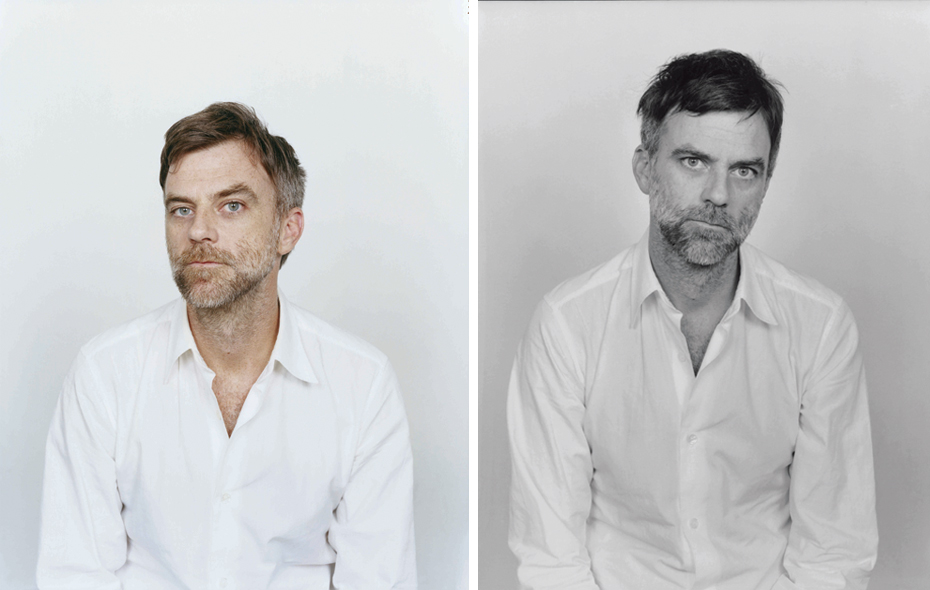
P: You were inspired by the novel Oil by Upton Sinclair when you wrote There Will Be Blood. The movie is literally about the financial ascent and spiritual decline of Daniel Plainview, a character loosely based on prospector turned tycoon Edward Doheny, but it is really about the corrupting power of success. Did you write the movie for Daniel Day-Lewis?
PTA: Yes. If he had said no, I don’t think I would have made the movie.
P: And you wrote Lancaster Dodd for Philip Seymour Hoffman?
PTA: Yes. Phil and I started talking about the character at the end of work on There Will Be Blood in 2008. I started doing a lot of research into Scientology. I read a lot of Hubbard’s writing. He had a great imagination: there’s a book by him called Fear that’s good and one called Typewriter in the Sky. I like that title. I’ve never been to the Church of Scientology and I never heard from them. I think people may be disappointed that the film wasn’t an exposé of Scientology. I have an interest in cults – everything is a cult, in a way. What’s the difference between a cult and dropping my daughter off at school this morning? It’s a group of people gathered in one place pursuing a likeminded set of ideas and goals. If it becomes something like Charlie Manson, which is one man telling people to knock people off, then that’s something else. But is Scientology a cult? I don’t know.
P: Do you have to like your characters?
PTA: Yes. I think so. I love Freddie Quell. I love Master.
P: You don’t call him by his name, Lancaster Dodd?
PTA: No, I call him Master. That is his name.
Anderson nearly always wins his battles for secrecy, autonomy and control. He has never suffered from self-doubt as a filmmaker – in fact, he has been certain of his career path since early childhood. When Anderson was only seven, growing up in Studio City, a suburb in the San Fernando Valley section of Los Angeles, he wrote in a notebook: “My name is Paul Anderson. I want to be a writer, producer director, special effects man. I know how to do everything and I know everything. Please hire me.”
“I made my first movie when I was eight,” Anderson said now, after ordering eggs Florentine, a side of sliced tomatoes and coffee. “I was the second to last of nine kids and I was closest to the two sisters younger than me. I was closest to them because I could talk them into doing crazy shit. I would tell my sister to jump off a building so I could film it. I’d say, ‘Go ride your bike into that pile of knives – it’ll be great in my movie.’”
“My first film involved a Charlie McCarthy doll that was primed for something scary. I shot my brother watching TV late on a Friday night and my parents were not home. In my movie, the doll comes and eats his face while he’s watching TV. What I didn’t realise is that on the TV was a porn film. When I showed my movie to my parents, you can hear this massive fucking going on in the background. Lesson learned.”
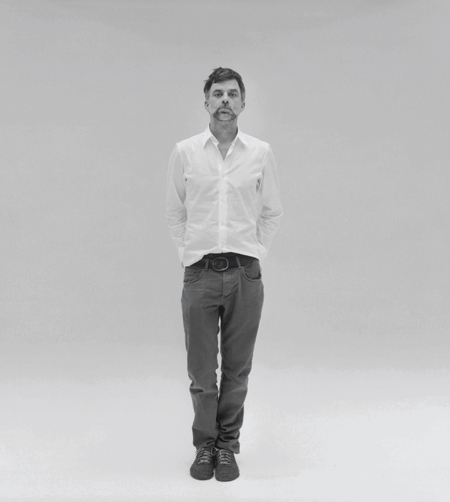
I asked Anderson what was the first film he remembered seeing? “Rocky,” he replied. “With Sylvester Stallone. That was a really big deal to me. I told my mom, ‘I want to be a boxer.’ She said, ‘No, no, no – you want to be a writer – Rocky also wrote the movie!’ I went out running a couple of mornings to be like Rocky and I thought, ‘Fuck this – I’ll take my mom’s advice and write.’”
In high school, Anderson made a short film called Dirk Diggler, about a porn star with a 13-inch penis. That became the basis for his second film, Boogie Nights, which instantly established Anderson’s reputation as one of the best filmmakers of his generation alongside Quentin Tarantino and David O Russell. In the movie’s famous set piece of a drug deal going wrong, fire crackers explode, the song Jessie’s Girl blares and Anderson focuses the camera on the blank face of his porn star hero, played by Mark Wahlberg. For a seemingly endless 45 seconds, the camera stays still. It was a bold decision: Wahlberg’s expression – emptiness, loss, confusion, sadness – is the perfect metaphor for the movie: it may be upsetting but you can’t look away.
One of the recurring themes of Anderson’s work is the power of forgiveness. His characters make enormous errors in judgment, cheat, fall apart, betray – even kill – and Anderson always accepts and understands. He seems to delight in the frailties of human nature, especially a particular strain of Americanism: the wish for riches and fame mixed with the quest for a sense of belonging. When I told Anderson I thought his movies were about America, he blanched. “Don’t say that!” he said, looking disgusted. “Don’t put those words in my mouth. It’s nauseating to even think about it that way.”
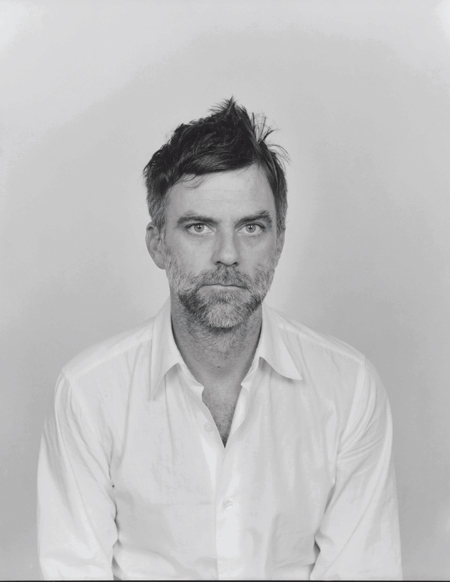
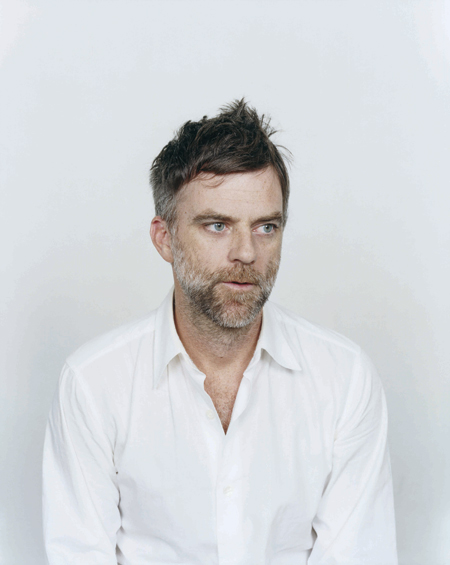
But he didn’t complain when I suggested that his Catholic upbringing might have contributed to his deep sense of forgiveness. “Talk about a cult,” I said. “Catholicism holds on to you.” “It does,” Anderson replied. “I haven’t gone to church since I was 16 years old but it doesn’t matter. Even then, I would lie in confession. I would never say what I really did. I would be too embarrassed. And that’s a sin. I knew the priests behind that flimsy little curtain knew who I was and, deep down, I did not feel like I could trust them.” Anderson smiled. “What good is a Master if, at a certain point, they aren’t teaching you to not have a Master?” Anderson paused. “Then again, there are always going to be those Masters that lurk around the edges of your life. In my case, it’s my kids. They are pretty hard to resist.”
Anderson has other Masters who loom large: the filmmakers that came before and constantly linger in his mind. The television set in his kitchen is always turned on, with the dial permanently set on TCM, which plays uncut, commercial-free classic movies 24 hours a day. “TCM soothes me at night and it’s the first or second thing I want to see when I wake up in the morning. There’s never a time that I’m unhappy when it’s on.”
One of the key inspirations for The Master was a rarely seen John Huston documentary called Let There Be Light. Huston’s film, The Treasure of the Sierra Madre, is Anderson’s favourite movie and, when he was writing There Will Be Blood, he would put Sierra Madre on before he went to bed so he could fall asleep to it. “All of life’s questions and answers are in The Treasure of the Sierra Madre,” Anderson once told me. “It’s about greed and ambition and paranoia and looking at the worst parts of yourself.” Similarly, Let There Be Light exposes people’s vulnerabilities and mental instability with the story of soldiers returning home after WWII. “Huston wanted to show that the soldiers weren’t crazy,” Anderson said. “But, really, they’d gone through a helluva lot and they were fucking crazy! It’s a 58-minute film. For 54 minutes Huston shows you what war has done to these guys. In the last four minutes, he tries to end on an upbeat note and shows them singing a song. The US War Department said, ‘We are not showing this film to anybody.’ If potential employers see this movie, no one is going to hire any soldiers: they seem insane.”
This story seems to delight Anderson. It offers a strange kind of validation to The Master: the Huston film provided a model for the character of Freddie Quell, who is a distraught war veteran. However, it would also seem to be a cautionary tale of what can occur when a film is too honest – much like The Master, Huston’s documentary was deemed too difficult for an audience to applaud. That reality does not bother Anderson. “The film has to tell truth,” he said flatly. “That’s my job.”
This feature appears in Port 9: The Film Issue




